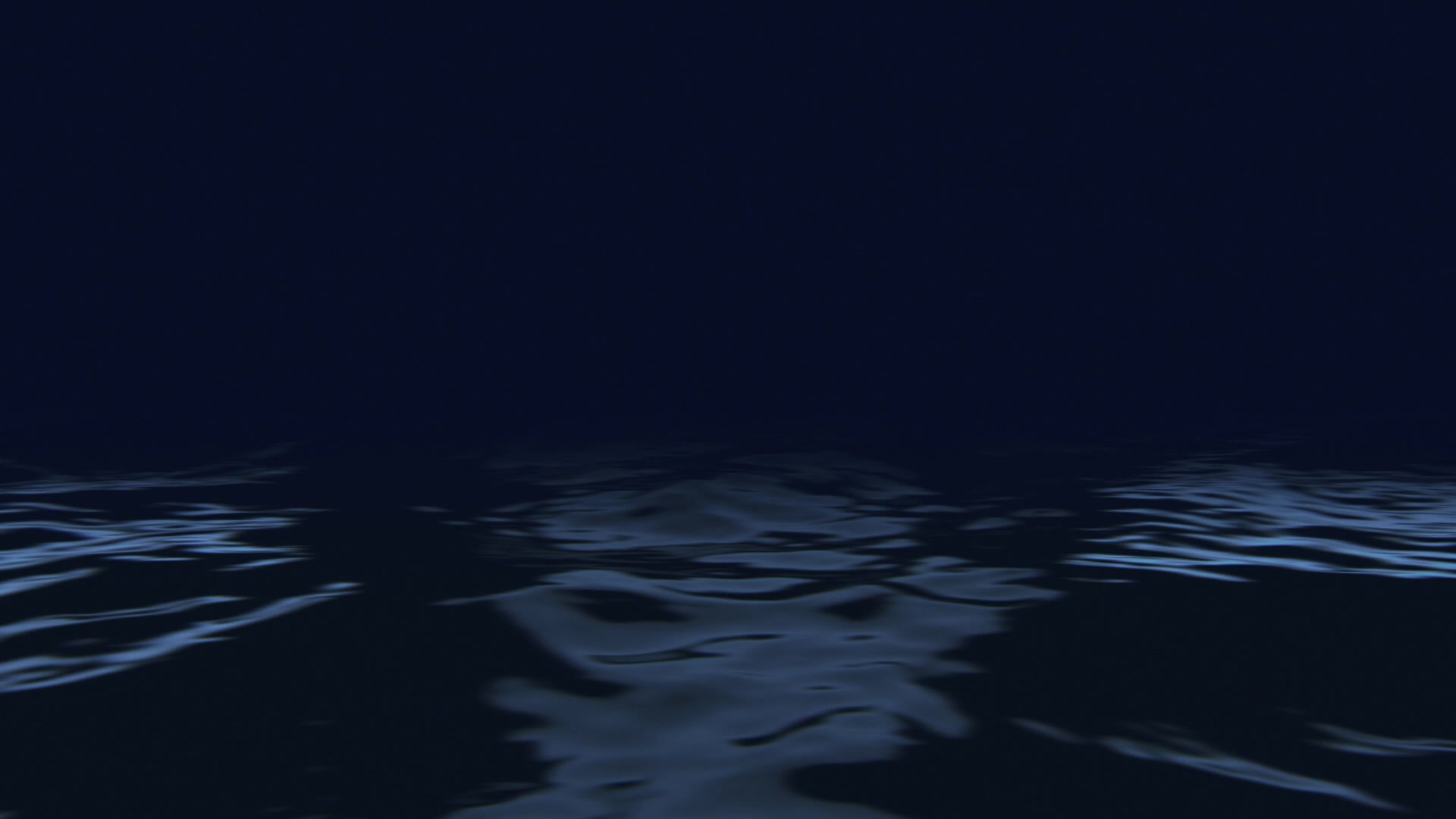

NURSE SHARKS












The nurse shark can be idenitified in various ways, as light yellowish-brown to dark brown and even sometimes the sharks are seen having small dark spots across their body.
They havea flattened body and a broad, rounded head with two conspicuous barbels between the nostrils, which are mainly used to help locate and track food.
Their mouth is ususally filled with rows of small, serrated teeth for crushing hard-shelled prey. Which of course, you may of guessed means they feed mostly n spiny lobsters and other crustaceans, small stingrays, sea urchins, squid and bony fishes.
Unlike most of their cousins, the Nurse Sharks are generally slow and sluggish, and are usually seem as lazy greatures. They spend most of their time resting on the ocean's bottom.
However , the nurse shark is really oneof a kind. Even though the creautes are cold blooded they have the unique ability to adapt to the icey cold climates and ocean tempretures by becoming less active! Their lact of movement actually allows the body to store and compress heat so they can always keep nice and cozy!
Nurse sharks reach sexual maturity at 18 years for males, and 20 to 22 years for females. Females produce a litter of about 20 to 25 pups every other year!
The nurse shark can use its large front fins to “walk” along the ocean floor, this especially helps when its stalking its pray, its almost able to tip toe behind anything ready to strike!
Even though the nurse shark is known for being slow and sluggish, once this beauty finds its food its able to scoop up its food within seconds, striking out with incredible power due to the muscle within its jaws.
Female nurse sharks average to roughly 7.5 to 9 feet in length and 165 to 230 pounds. The females are commently known to be slightly larger than males.
These magnificent creatures are common within the tropical and subtropical coastal waters on both sides of North America. They often inhabit reefs and rest during the day on sandy bottoms or in caves and crevices. They show a strong preference for certain resting sites and often, unlike the rest of its kind, return to a favoured place more than once.
No species is known to regularly prey on nurse sharks as they are sneeky and well hidden creatures, although they have been found in the stomach contents of lemon, tiger, bull and great hammerhead sharks.
The Nurse sharks are classed as critically endangered as they are constantly picked up and caught within fishing nets usually either sufficating or slaughtered for the fun of it.Unlike most of its kind, the nurse sharks fins are not usuallt harvested and are mostly never deemed an importance or threat so many see them as an 'easy kill'.
TIP TOP FACTS



















